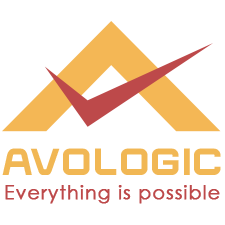jQuery is a fast, small, and feature-rich JavaScript library that simplifies HTML document traversal and manipulation, event handling, animation, and Ajax interactions for rapid web development. Here is a brief outline of a typical jQuery course:
- Introduction to jQuery: The first section of a jQuery course usually covers the basics of jQuery, including how to download and include the library in your web page, and how to select elements from the HTML document.
- jQuery Events: This section of the course covers how to use jQuery to handle events, such as clicks, mouseovers, and keypresses. Learners will learn how to attach event handlers to HTML elements using jQuery.
- DOM Manipulation: In this section, learners will learn how to manipulate the Document Object Model (DOM) using jQuery. They will learn how to add, remove, and modify HTML elements on the page.
- Effects and Animations: jQuery makes it easy to add effects and animations to web pages. This section of the course covers how to use jQuery to create animations, fades, and slides.
- Ajax: Ajax stands for Asynchronous JavaScript and XML. It allows web pages to communicate with a server without requiring a full page refresh. This section of the course covers how to use jQuery to make Ajax requests and handle responses.
- Plugins: There are many jQuery plugins available that extend the functionality of the library. This section of the course covers how to use plugins to add advanced features to web pages, such as image sliders and form validation.
- jQuery UI: jQuery UI is a collection of user interface widgets, effects, and themes built on top of the jQuery library. This section of the course covers how to use jQuery UI to add advanced user interface elements to web pages.
A jQuery course typically includes hands-on exercises and projects to reinforce the concepts learned throughout the course. By the end of the course, learners should have a good understanding of jQuery and be able to use it to create interactive and dynamic web pages.
Page Copyright
© Copyright @Avologic 2016 - 2023 All Rights Reserved.
